Interlagos Inferno - Key Takeaways from the WEC 6 Hours of Sao Paulo
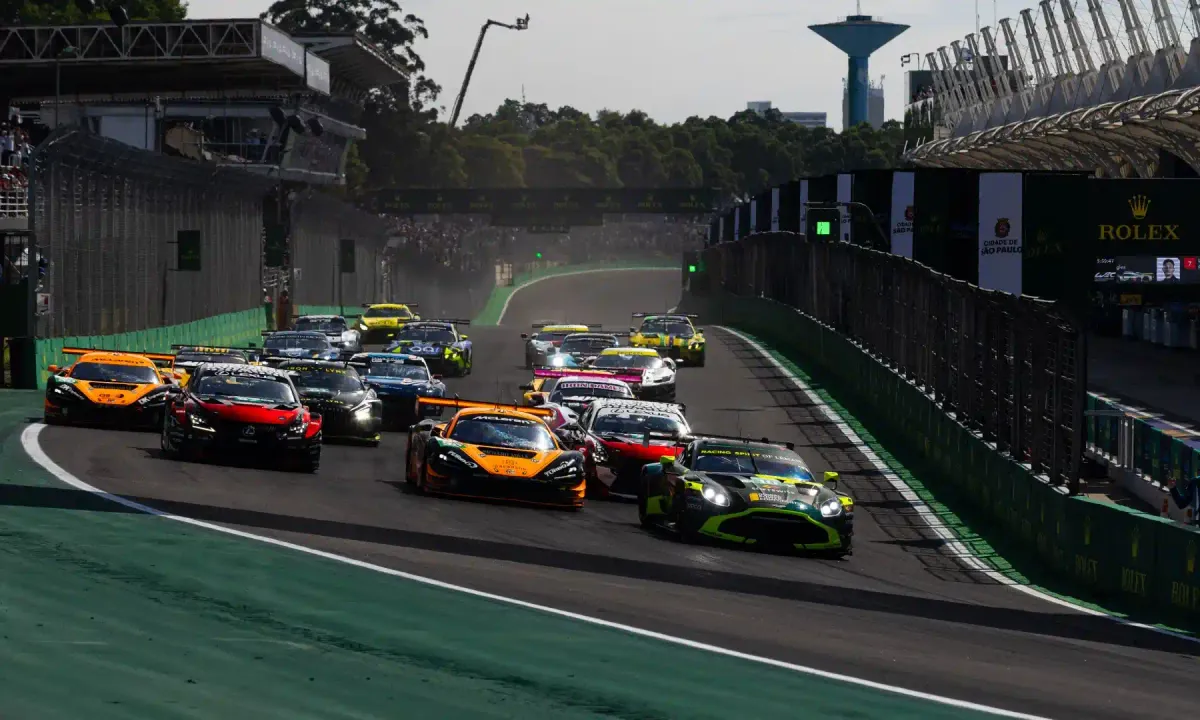
The Autodromo Jose Carlos Pace, better known as Interlagos, delivered a captivating spectacle for the fifth round of the 2025 World Endurance Championship. While perhaps not a non-stop nail-biter, the 6 hours of Sao Paulo certainly delivered its share of storylines, shaking up the Hypercar and LMGT3 championships in surprising ways. From a historic first win to unexpected struggles for the front-runners, let's dive into the three biggest talking points from Brazil.
Cadillac's Breakthrough Dominance - A New Contender Emerges?
For two and a half seasons, Cadillac has shown flashes of brilliance in the World Endurance Championship, often securing strong qualifying positions but struggling to convert that pace into outright race wins. That all changed emphatically at the 6 Hours of Sao Paulo, as the Hertz Team JOTA-run Cadillacs secured a stunning 1-2 finish, marking the American manufacture's maiden WEC Hypercar victory. It was a performance that left rivals, and even the Cadillac-camp, somewhat surprised by its sheer dominance.

The #12 Cadillac, piloted by Alex Lynn, Norman Nato, and Will Stevens, started from pole position, and despite an early challenge from the #5 Penske Porsche and a drive-through penalty for a technical infringement (failing to meet the recommended tyre pressure at the start), proved to be untouchable. Their victory was a testament to a near-flawless strategy and exceptional pace that simply outmatched the competition. The sister #38 Cadillac, shared by Earl Bamber, Jenson Button, and Sébastien Bourdais, completed the emphatic one-two, holding off a late charge from the #5 Porsche to solidify Cadillac's commanding presence on the podium.
This result represents a significant shift in the Hypercar landscape. While Cadillac had taken pole at Le Mans a month prior, their race pace had often faded. Interlagos, however, saw them not only maintain but extend their lead, ultimately lapping every car up to and including the fourth-placed Porsche. This performance raises significant questions for the remainder of the season. Has Cadillac found a new level of performance, or was this a unique confluence of Balance of Performance (BoP) adjustments and track characteristics that perfectly suited the V-Series.R?

The 1-2 finish also brings Hertz Team JOTA, in their first season with Cadillac, firmly into the spotlight as a formidable force. Their execution was clinical, managing pit stops and driver changes with precision, allowing the drivers to exploit the car's full potential. With three rounds remaining in the 2025 WEC calendar, including the challenging COTA and Fuji circuits, the world will be watching to see if this breakthrough performance translates into a consistent threat for the championship title. Ferrari, who had been dominant in the early part of the season, saw their winning streak broken and struggled significantly, hinting at a potential power shift. Cadillac's success at Interlagos has undoubtedly injected new life into the Hypercar championship fight, ensuring an intriguing second half of the season.
The BoP Conundrum - Ferrari and Toyota's Unexpected Plight
The 6 Hours of Sao Paulo will be remembered not just for Cadillac's triumph, but for the shocking downturn in fortunes for two of the FIA World Endurance Championship's Hypercar giants: Ferrari and Toyota. Both manufacturers, typically at the sharp end of the grid, endured a deeply frustrating weekend, finishing well outside the points and even being lapped by the dominant Cadillacs. This dramatic shift has reignited the contentious debate surrounding the Balance of Performance (BoP) regulations in Hypercar.

Ferrari, who had been on an incredible winning streak, including a dominant run in the early 2025 season, found themselves unexpectedly off the pace. The factory AF Corse 499Ps, numbers #50 and #51, could manage no better than 12th and 11th overall respectively. Even the Le Mans-winning #83 AF Corse privateer entry, driven by Robert Kubica, Yifei Ye, and Phil Hanson, only scraped into eighth position. Ferrari's pre-race comments suggested they anticipated a challenging weekend due to Interlagos' demanding nature for their 499P, but the extent of their struggle was far beyond expectations. It appears BoP adjustments heading into the weekend significantly hampered their performance, turning championship contenders into midfield runners.
Toyota Gazoo Racing faced an even more anonymous weekend. For the first time in the Hypercar era, the reigning Manufacturers' champions failed to score a single point with either of their GR010 Hybrids. The #7 car finished 14th, and the #8, running with a two-driver lineup due to Sébastien Buemi's absence, crossed the line in 15th, three laps down on the winning Cadillac. Toyota's team principal, Kamui Kobayashi, openly expressed his frustration, labeling the race as "boring" from their perspective and calling for a review of the BoP system. He highlighted the "abyss" in weight-to-power ratios between cars, suggesting that the current 100% convergence BoP, intended to bring cars closer, is having the opposite effect.

This situation casts a significant shadow over the WEC, particularly after a season that has promised so much in terms of manufacturer diversity. The rapid and drastic shifts in performance from one race to the next, seemingly dictated by BoP adjustments, raise concerns about sporting fairness and the integrity of the championship. While BoP is necessary to level the playing field between different Hypercar concepts (LMH and LMDh), the degree to which it can punish former front-runners is now a major talking point. The fear is that such drastic changes detract from the spectacle and devalue the efforts of teams and drivers who suddenly find themselves uncompetitive through no fault of their own. The WEC must find a more stable and predictable method for balancing performance to ensure close and genuinely competitive racing for the remainder of the season and beyond.
LMGT3 Delivers Thrills - Lexus' First Win and Barrichello's Heroics
While the Hypercar class might have been a bit of a one-sided affair in Sao Paulo, the LMGT3 category once again delivered the thrilling, multi-car battles that fans crave, culminating in a historic first WEC victory for Lexus and a fairytale podium for local hero Eduardo Barrichello.

The #87 Akkodis ASP Team Lexus RC F GT3, shared by Jose Maria Lopez, Clemens Schmid, and Razvan Petru Umbrarescu, put in a commanding performance to secure the Japanese manufacturer's maiden win in the World Endurance Championship. Having shown promising pace throughout the season, including a podium at Imola, the team finally converted their potential into a victory. The key factor in their success was reportedly a new, stiffer setup philosophy that allowed the Lexus to be quicker without increasing tyre degradation, perfectly suiting the challenging Interlagos circuit. After grabbing the lead in the opening hour, the #87 car effectively controlled the race despite a drive-through penalty for pitlane speeding, demonstrating consistent pace and strategic execution.
However, the biggest roar from the passionate Brazilian crowd was reserved for the closing stages of the LMGT3 race, as home favorite Eduardo "Dudu" Barrichello, son of Formula 1 legend Rubens Barrichello, snatched a dramatic third-place podium finish. Starting from class pole position in the #10 Racing Spirit of LeMan Aston Martin Vantage GT3 Evo, shared with Anthony McIntosh and Valentin Hasse-Clot, Barrichello engaged in a gritty battle throughout the race. In a tense finish, with just under three minutes remaining, he executed a sensational overtake on Michelle Gatting in the #85 Iron Dames Porsche, sparking jubilant celebrations from the stands.

The Iron Dames team, comprised of Célia Martin, Rahel Frey, and Michelle Gatting, had put in a valiant effort, leading laps and contending for the podium for much of the race, ultimately securing their best WEC result of 2025 with a hard-fought fourth place. Their performance highlighted the competitive depth and thrilling nature of the LMGT3 class, where battles for position were fierce and often went down to the wire. The Sao Paulo event showcased that even when the top class might lack some drama, the LMGT3 category can consistently be relied upon to deliver exciting, unpredictable racing and memorable moments for the fans.
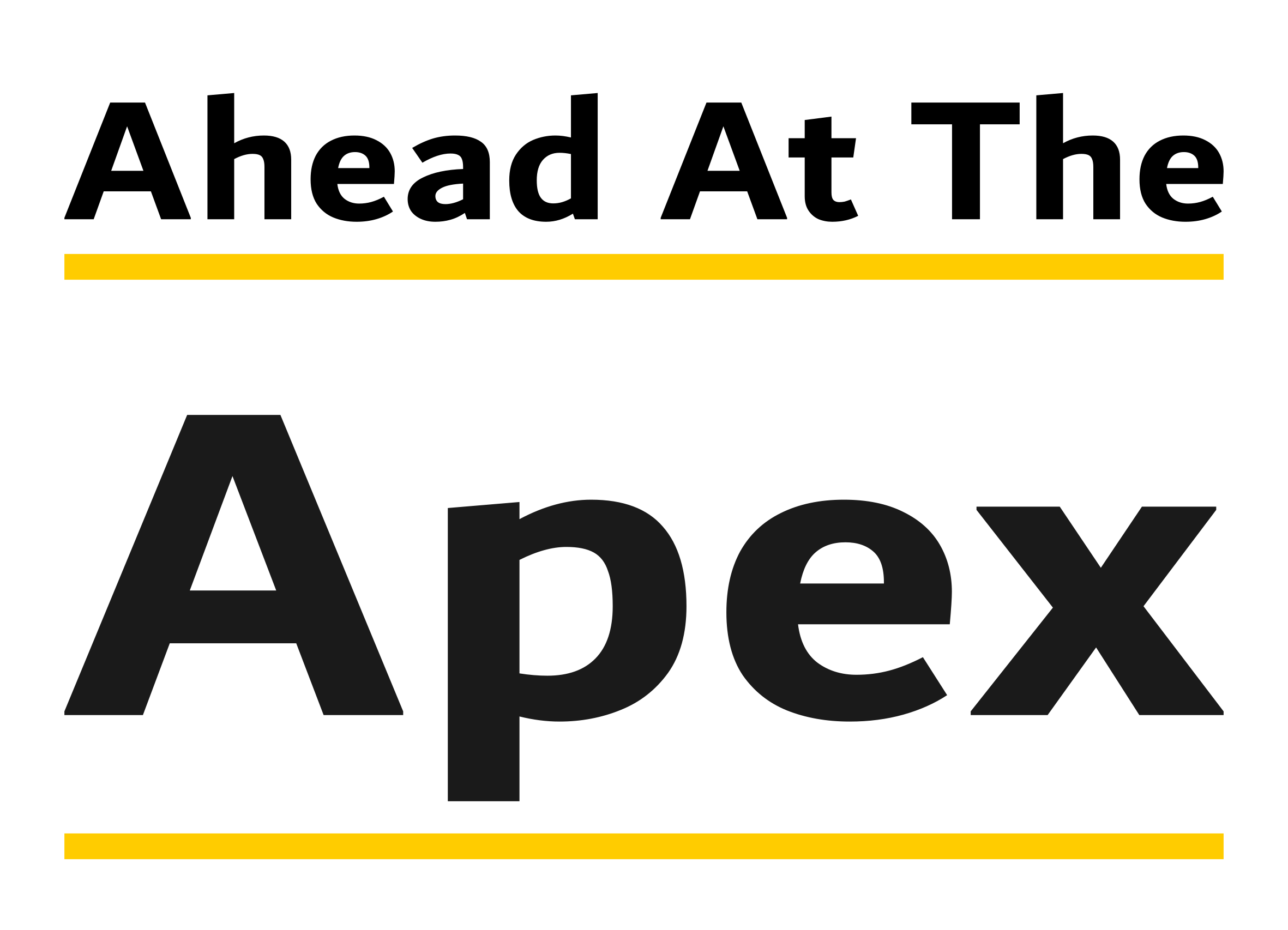
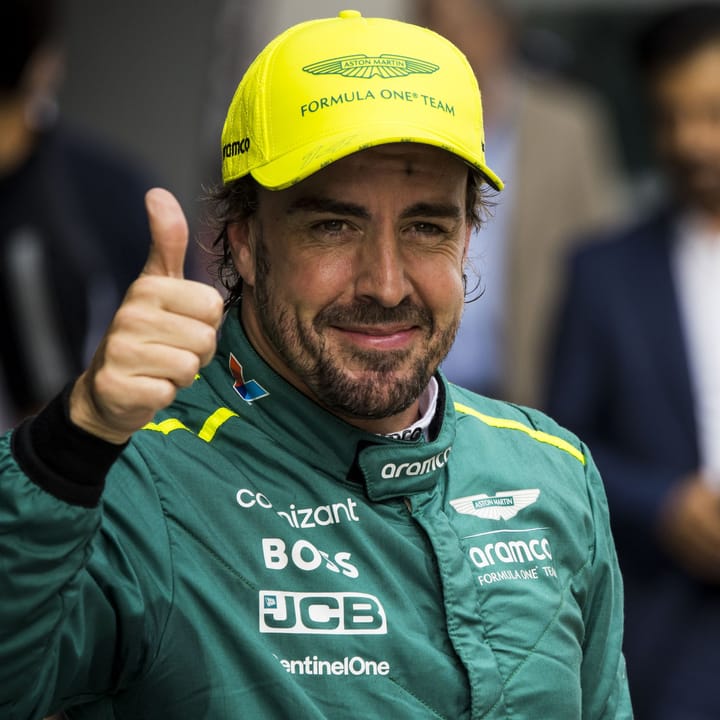
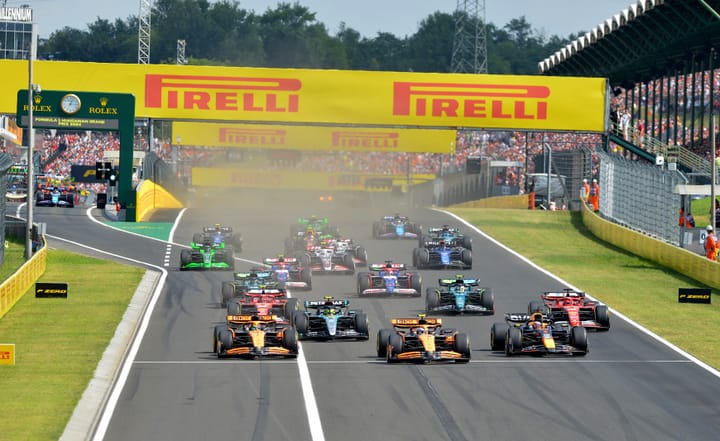
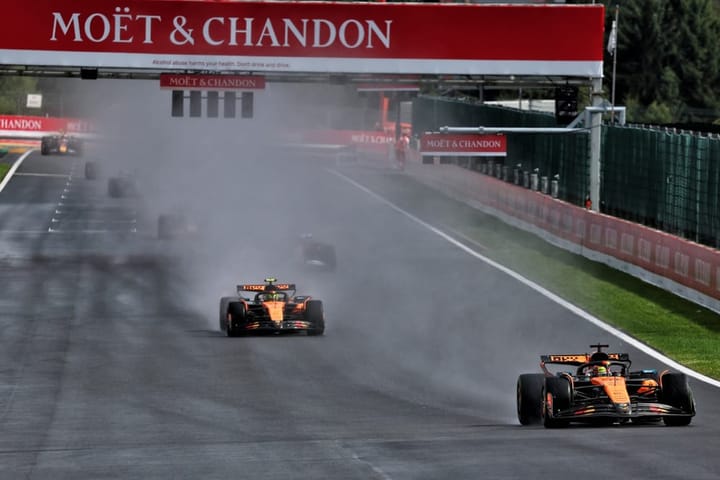
Comments ()